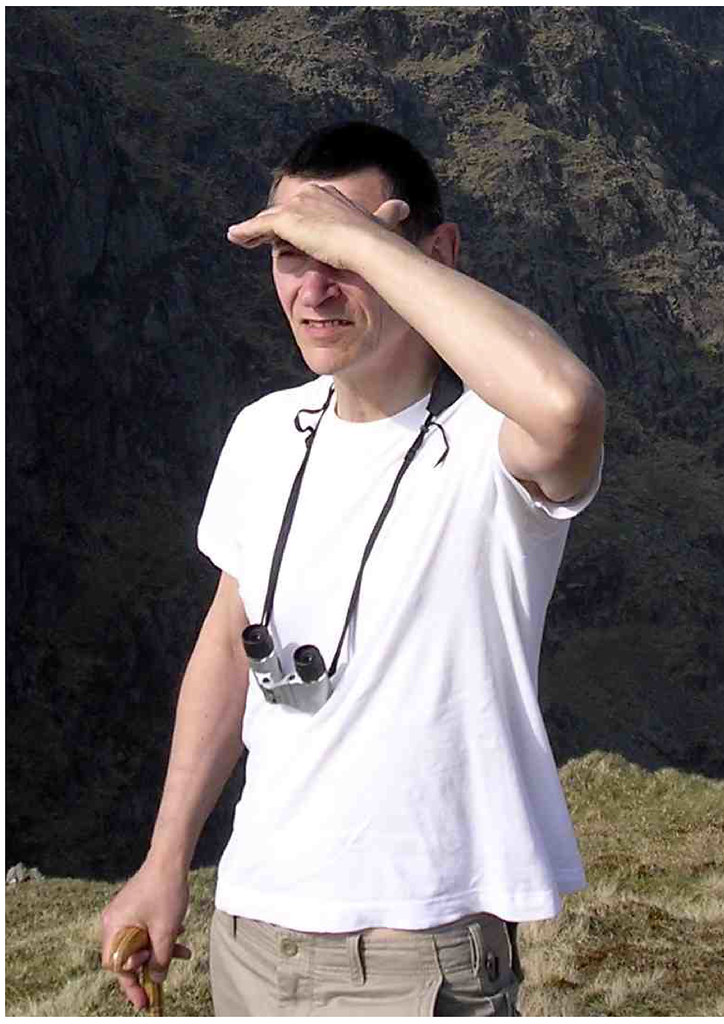I relied on literature in school chemistry books which proposed acetic acid. Once dissolved, the presence of lead is easily detected by adding a solution of a dilute soluble sulphide or polysulphide, giving a dark-brown / black precipitate of lead sulphide. However in my experiments with small fragments of cleaned lead strip, I found it did not dissolve in acetic acid even in high concentrations over a period of 8 hours. Heavily corroded lead also did not dissolve. Further reading suggested that dissolved atmospheric oxygen is required. Adding a small amount of hydrogen peroxide rendered all lead and at least some corrosion compounds readily and rapidly soluble in acetic acid solution. The problem now is that any precipitate of lead sulphide tended to get oxidised to white lead sulphate by surplus peroxide, compromising and complicating the original test scheme. However I did manage to show the presence of lead in 0.1% lead acetate solution used as a control , although it was more problematic in 0.01% solution.
2009-08-24
Subscribe to:
Post Comments (Atom)


No comments:
Post a Comment